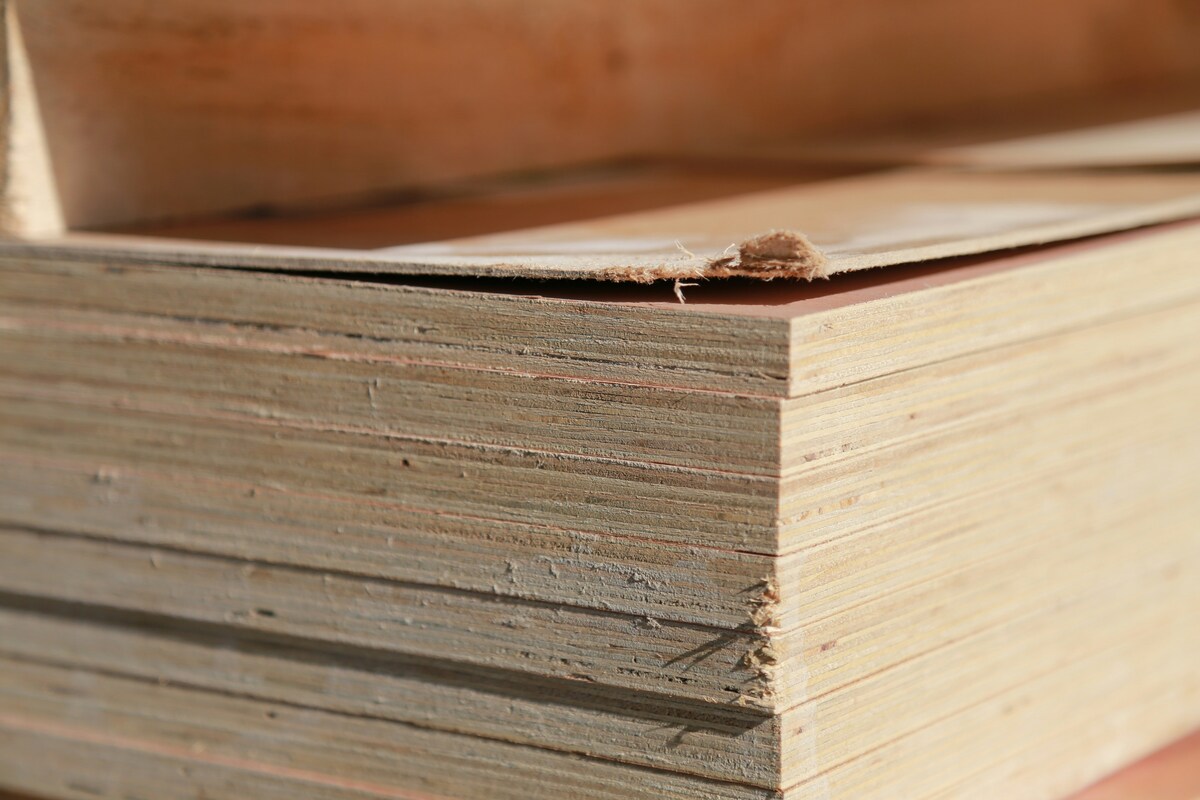Designing a stand implies making lots of important decisions. One of the most important things to consider is construction materials. It's not just about the design; each material has its own technical, aesthetic, logistical, and economic aspects to consider. Each type of event, fairs, congresses, or corporate events, requires structures that adapt to the brand's image and the technical requirements and needs of the space.
What materials are usually used in stand construction?
In general, three main categories are used in the design and construction of stands at events.
1. Solutions based on traditional carpentry, mainly wood and resulting materials.
2. Modular reusable systems are becoming increasingly common because of their sustainability and the flexibility they offer during the setup process.
3. Mixed structures combine both techniques for more personalization without sacrificing efficiency.
Wood
Wood based materials are usually the most common choice for stand materials. They offer creative freedom, adaptability, and allow for building the structure and furniture.
Main types of wood used in stands:
Wood conglomerate: MDF (Medium Density Fireboard): ideal for painted furniture or lacquered finishings. Plywood: Used mainly for aerial decor, because of its light weight and resistance. Pinewood beam and panneling: Used for decorative finishings or more natural-looking structures.
Most common finishes and coverings:
These materials can be used to complement with varied finishings, which better the aesthetics, reinforce the client´s visual identity, and protect materials.
- Melamine: frequent flooring and furniture, thanks to its resistance.
- Printed vinyl: allows personalization with printed corporate imagery.
- Water-based paint: A simple solution that is adaptable to any type of surface and with good coverage.
- Stapled tarps: used for closing structures or as a background.
- 100% polypropene carpeting: Used to cover flooring and platforms. In many cases, it's chosen because it´s fast, economical, and visually appealing.
Modular systems:
Modular systems have become increasingly popular in the last few years because of their adaptability, versatility for transport and building, and most of all, their low environmental impact thanks to their reusability. They also allow fast and comfortable installation.
- Aluminum framing: They are very versatile and are combined with rigid paneling or textiles. Very present at all types of events because of their versatility. Bematrix is one of the benchmark companies in this field. - Shell Scheme Systems: Basic modular structures used at fairs. A functional solution for small spaces or for exhibitors that prioritize practicality and have a tighter budget.
The combination of modular pieces allows adaptability to differently sized spaces, making redesigning without having to redo the whole design. This is useful especially at fairs where different Types of stands: modular, custom design, transportable coexist.
Mixed solutions
Combining traditional carpentry with reusable modules is a very common practice in events where a balance between personalization and practicality is needed. For example, a modular structure can be used that includes walls, ceilings, or audiovisual supports, and displays or details made of wood can be incorporated into it, adapted to the needs of the client and the space.
Sustainable Materials
Sustainable materials are becoming an increasingly important requirement. Little by little, brands and organizers are demanding that stand construction meet certain sustainability criteria that reduce the impact of an industry with such an ephemeral nature. This affects both the choice of materials and the manufacturing, transport, assembly, and dismantling processes.
Some common sustainable materials:
- Reusable aluminum structures.
- FSC/PEFC-certified wood.
- PVC-free tarpaulins.
- Recycled and recyclable carpets.
The goal is not only to reduce waste, but also to optimize resources without compromising the image of the stand. In some cases, a preliminary SELECTION OF THE BEST SUSTAINABLE MATERIALS FOR A STAND can be made, evaluating the durability, environmental impact, and ease of assembly of each one.
Conclusion
Choosing the right material is not a minor detail, but one of the strategic decisions to be considered when planning a stand, as it can influence the entire project.
Each type, whether wooden, modular, or mixed, meets different needs. The key is to understand what each event requires, how the space will be used, and what level of reuse is desired for future occasions. A well-thought-out choice not only improves the result but also optimizes time and costs.






